At 22:12 local time (21:12 UT) of December 22nd 2018, a very bright fireball flew over the Navarra Community (North Spain) and could be clearly seeing from different places in Northern Spain (Cantabria, Aragón, País Vasco).
But the impressive thing is that this object could be registered also with one of the Calar Alto Observatory (Almería, South Spain, more than 700 km far away) external surveillance webcam. However, the fireball happened so close to the horizon that the SMART detectors (which points higher) were not able to register it from this observatory.
However, the SMART Project's PI, Professor José María Madiedo (University of Huelva), with the help of the images registered by the Calar Alto surveillance camera, and together with other registers from closer to the event observatories, could determine some of the event characteristics:
- Type of event: asteroidal
- Initial altitude: 90 km
- Final altitude: 24 km above South of Navarra (North of Spain)
- Fireball trajectory: Southwest from fireball entrance point
- Special characteristics: The rock broke into three large fragments during its movement through our atmosphere. It generated a sonic "boom" audible at the central part of Navarra, and the most important, this meteor produced meteorites that are trying to locate.
Below is the video that could be registered with North surveillance webcam operated at Calar Alto Observatory, Almería (South Spain).
Calar Alto (CAHA) fireball detection station, together with the one at the Observatory of Sierra Nevada (IAA-CSIC) and others placed at different locations in Spain, are part of the S.M.A.R.T. project led by Professor José María Madiedo (University of Huelva) to track that kind of objects. Specifically, Calar Alto (CAHA) station and the one at Sierra Nevada (IAA-CSIC) constitute a collaboration agreement between Professor Madiedo and both institutions.
 English (UK)
English (UK)
